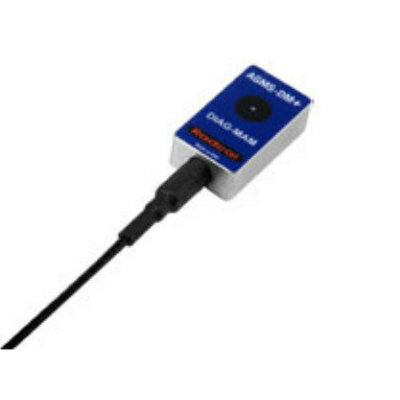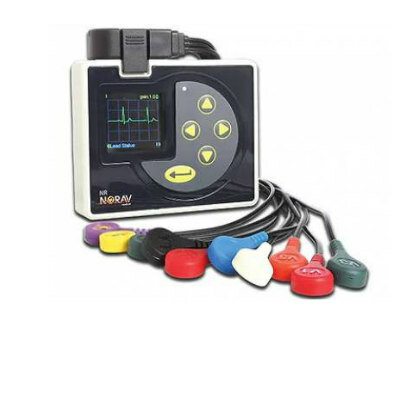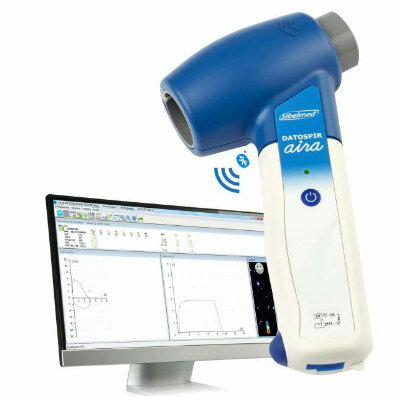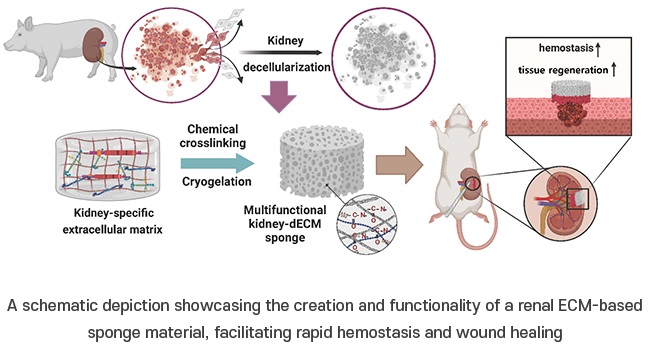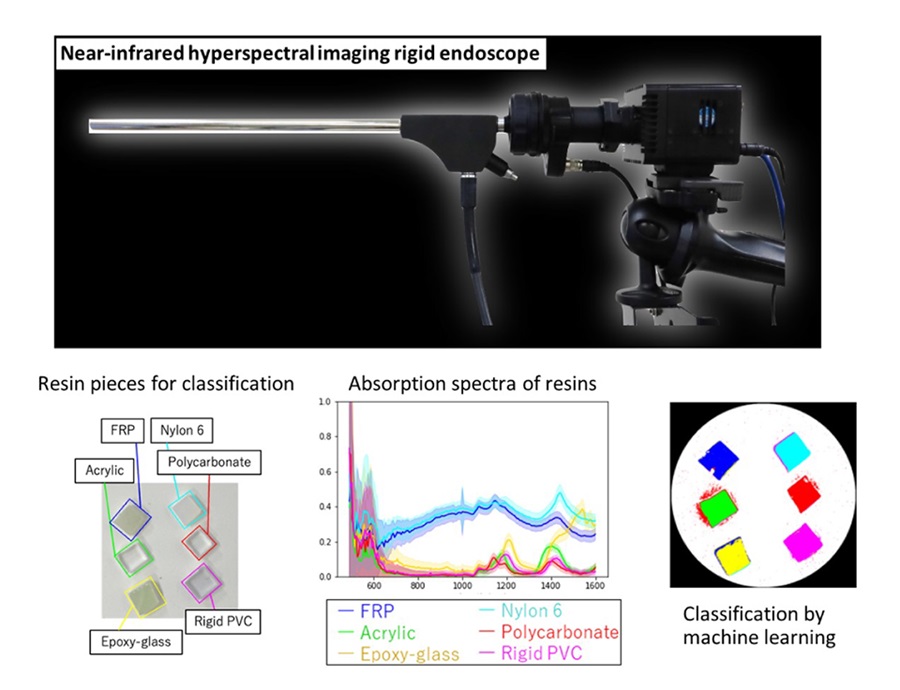Power Morcellators Increase Undetected Cancers Levels
By HospiMedica International staff writers
Posted on 04 Aug 2014
A new study shows that using power morcellators in women undergoing laparoscopic hysterectomy results in increased levels of undetected cancer.Posted on 04 Aug 2014
Researchers at the Columbia University College of Physicians and Surgeons (New York, NY, USA) conducted a study involving 36,470 women who underwent minimally invasive hysterectomy with uterine morcellation between 2006 and 2012, in more than 500 hospitals. The primary outcome was identification of uterine corpus cancer (all histologies) based on the International Classification of Diseases. The researchers also examined the occurrence of uterine neoplasms; malignancies of other parts of the uterus, including cervical cancer and surrounding adnexal structures (other gynecologic cancer); and endometrial hyperplasia.
The results showed that among those who underwent morcellation, 99 cases of uterine cancer were identified; 26 cases of other gynecologic malignancies were also found, as were 39 uterine neoplasms of uncertain malignant potential, and 368 cases of endometrial hyperplasia. Among women who underwent morcellation, advanced age was associated with underlying cancer and endometrial hyperplasia. Compared with women younger than 40 years, the prevalence ratio for a uterine malignancy increased from 4.97 in women aged 50 to 54 years, to 19.37 in those aged 55 to 59 years, to 21.36 in those aged 60 to 64 years, and to 35.97 for women aged 65 years or older. The study was published on July 22, 2014, in the Journal of the American Medical Association (JAMA).
“ Women with apparent uterine-confined neoplasms at the time of morcellation have been found to have intraperitoneal tumor dissemination at the time of re-exploration,” concluded lead author Jason Wright, MD, and colleagues. “Although morcellators have been in use since 1993, few studies have described the prevalence of unexpected pathology at the time of hysterectomy. Patients considering morcellation should be adequately counseled about the prevalence of cancerous and precancerous conditions prior to undergoing the procedure.”
Even though MIS has improved outcomes for hysterectomy, the procedure requires removal of the uterus through small incisions. This has led to morcellation—fragmentation of the uterus into smaller pieces—into one such method to remove the uterus. In May 2014, the US Food and Drug Administration (FDA) issued a warning against using laparoscopic "power morcellator" devices in MIS to remove uterine fibroids, claiming that women undergoing the procedures carried a 1 in 350 risk of uterine sarcoma, and that morcellator tools could worsen the spread of cancerous tissue.
Related Links:
Columbia University College of Physicians and Surgeons






